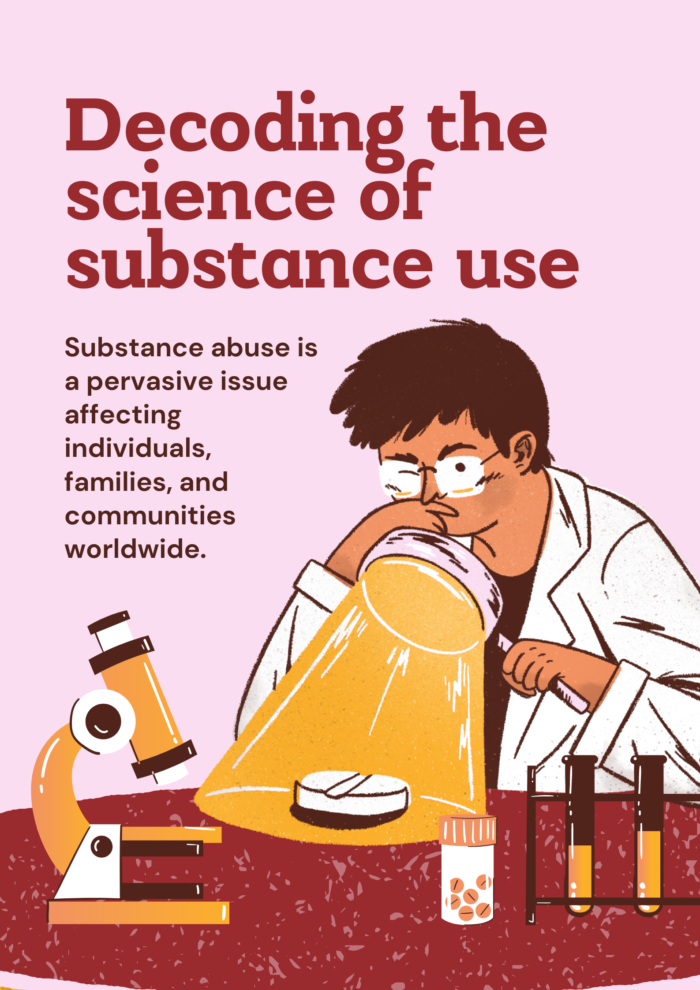
Substance abuse disorders represent a significant public health challenge, affecting millions of individuals and their families. Early identification is crucial for effective intervention and treatment, as it can lead to better outcomes and reduce the risk of long-term addiction. Understanding the signs of substance abuse is the first step in recognizing when someone may need help.
Behavioral Changes
One of the most telling signs of substance abuse is a change in behavior. Individuals may exhibit increased secrecy, withdrawal from family and friends, or a sudden shift in social circles. A person who previously enjoyed social activities may become reclusive or engage in risky behaviors. If you notice someone becoming more isolated or erratic in their behavior, it could be a red flag.
Physical Indicators
Substance abuse can have various physical effects, and these can differ depending on the substance being used. Common physical indicators include noticeable changes in appearance, such as weight loss or gain, poor hygiene, and a lack of energy. Individuals may also exhibit bloodshot eyes, frequent nosebleeds, or unusual body odors. These physical signs, combined with behavioral changes, can serve as early warning signals.
Emotional and Psychological Symptoms
Substance abuse can significantly affect an individual’s mental health. Increased irritability, mood swings, and emotional instability are common symptoms. You might observe that the person is more anxious or depressed than usual, and they may struggle with memory and concentration. It’s important to pay attention to these emotional changes, as they can signal a deeper issue with substance use.
Neglecting Responsibilities
Another critical sign of substance abuse is neglecting personal, academic, or professional responsibilities. An individual may struggle to maintain work performance, miss deadlines, or experience a decline in grades if they are a student. They might also show a lack of interest in previously enjoyed activities or hobbies. If you observe someone consistently neglecting their obligations or interests, it may indicate a problem with substance use.
Risky Behaviors
Substance abuse often leads to an increase in risky behaviors. This can include driving under the influence, engaging in unprotected sex, or associating with dangerous individuals. These behaviors can pose serious risks not only to the individual but also to others. Recognizing a pattern of risky choices can be an essential indicator of a substance abuse disorder.
Seeking Help
If you or someone you know is exhibiting these signs, seeking help is crucial. Early intervention can make a significant difference in the recovery process. Support from friends and family, as well as professional help from counselors or addiction specialists, can provide the necessary guidance and resources for treatment.
Conclusion
The early identification of substance abuse disorders is vital for effective intervention and treatment. By recognizing the signs—behavioral changes, physical indicators, emotional symptoms, neglect of responsibilities, and risky behaviors—you can take the first step toward helping someone in need. Awareness and education about these signs are key components in combating substance abuse, enabling individuals to seek help before their situation escalates. If you suspect that someone is struggling with substance abuse, don’t hesitate to reach out and provide support. Taking action can lead to a path of recovery and healing.










